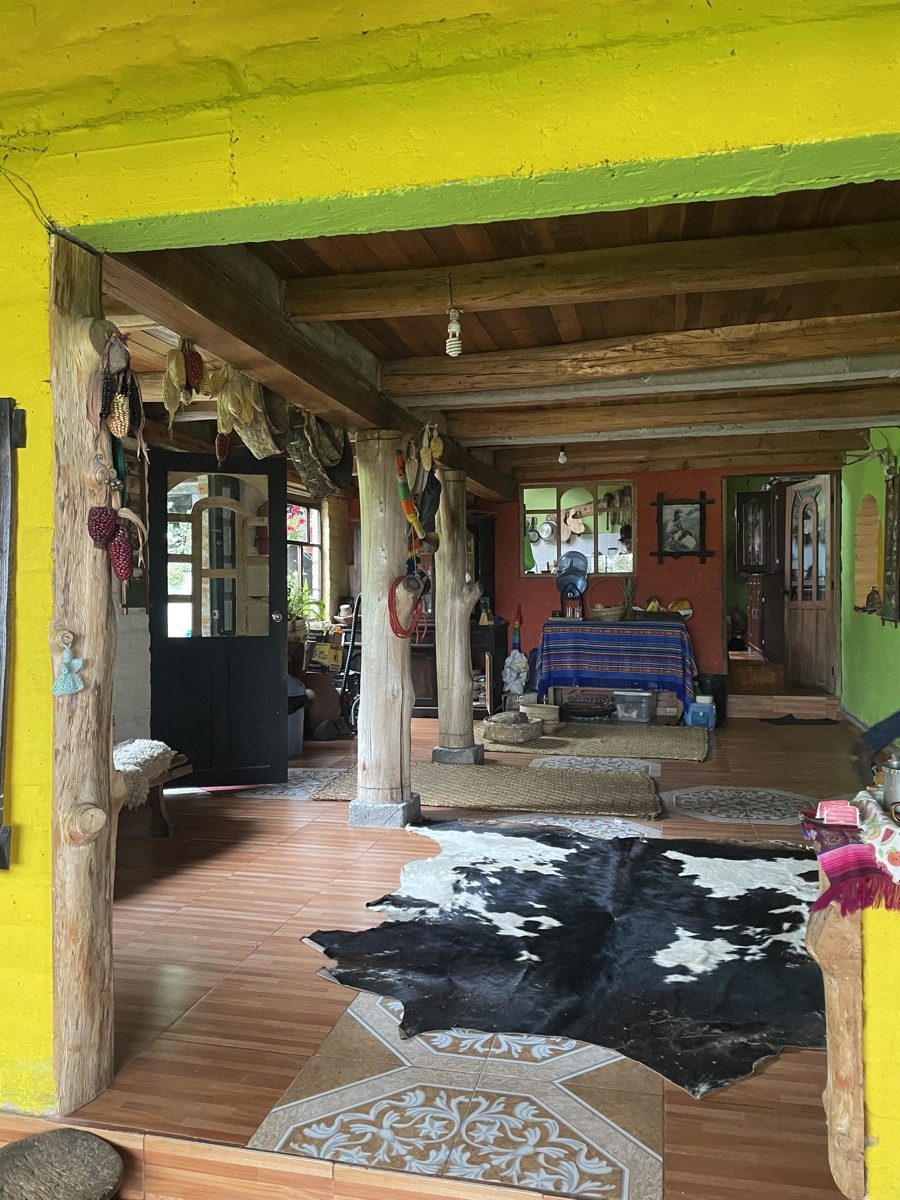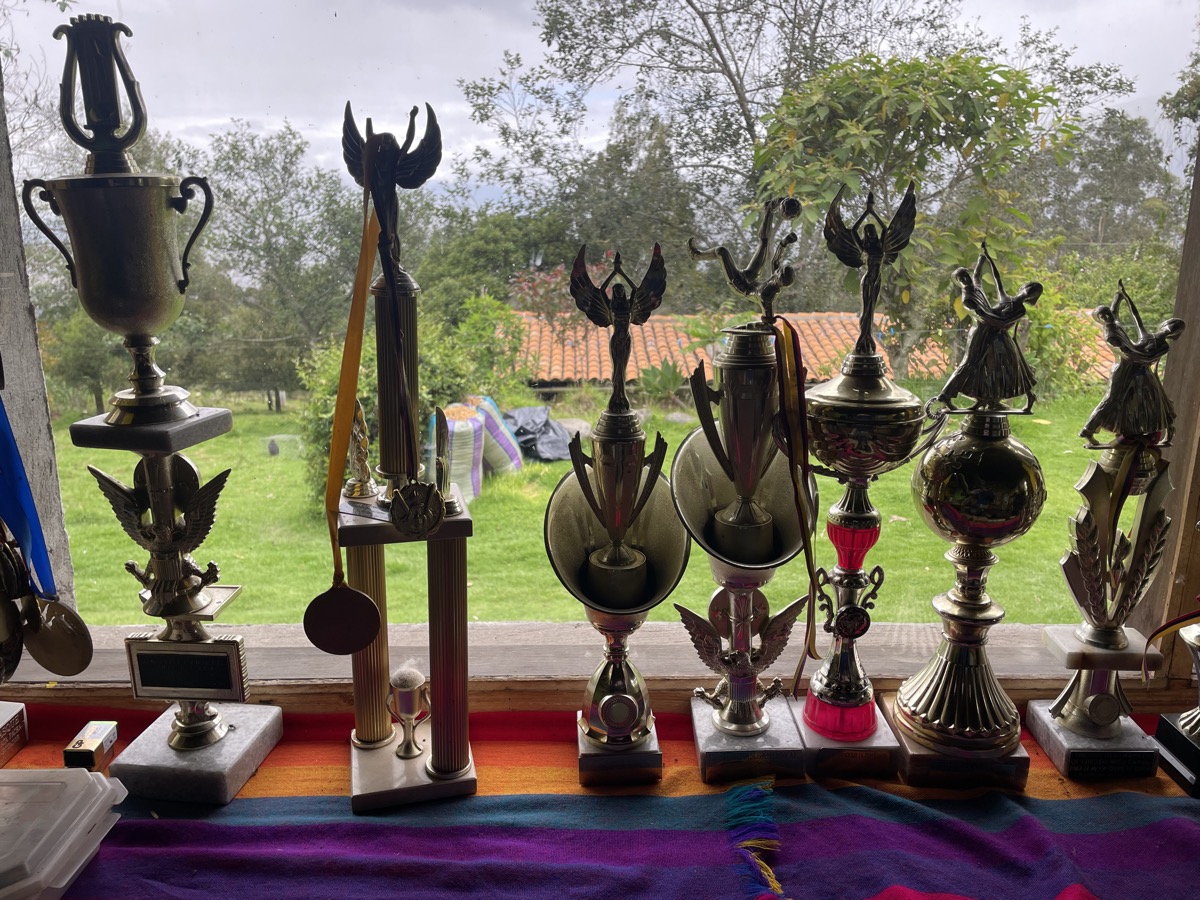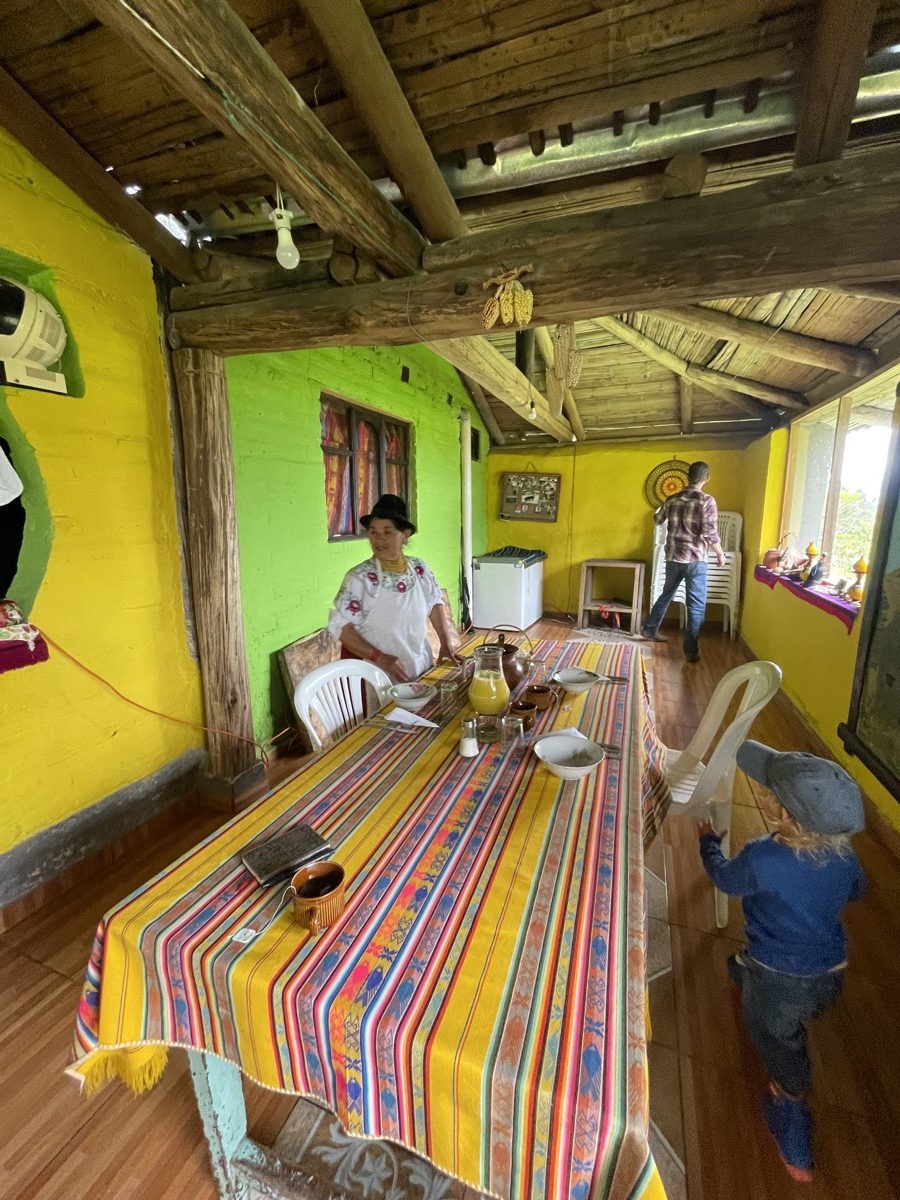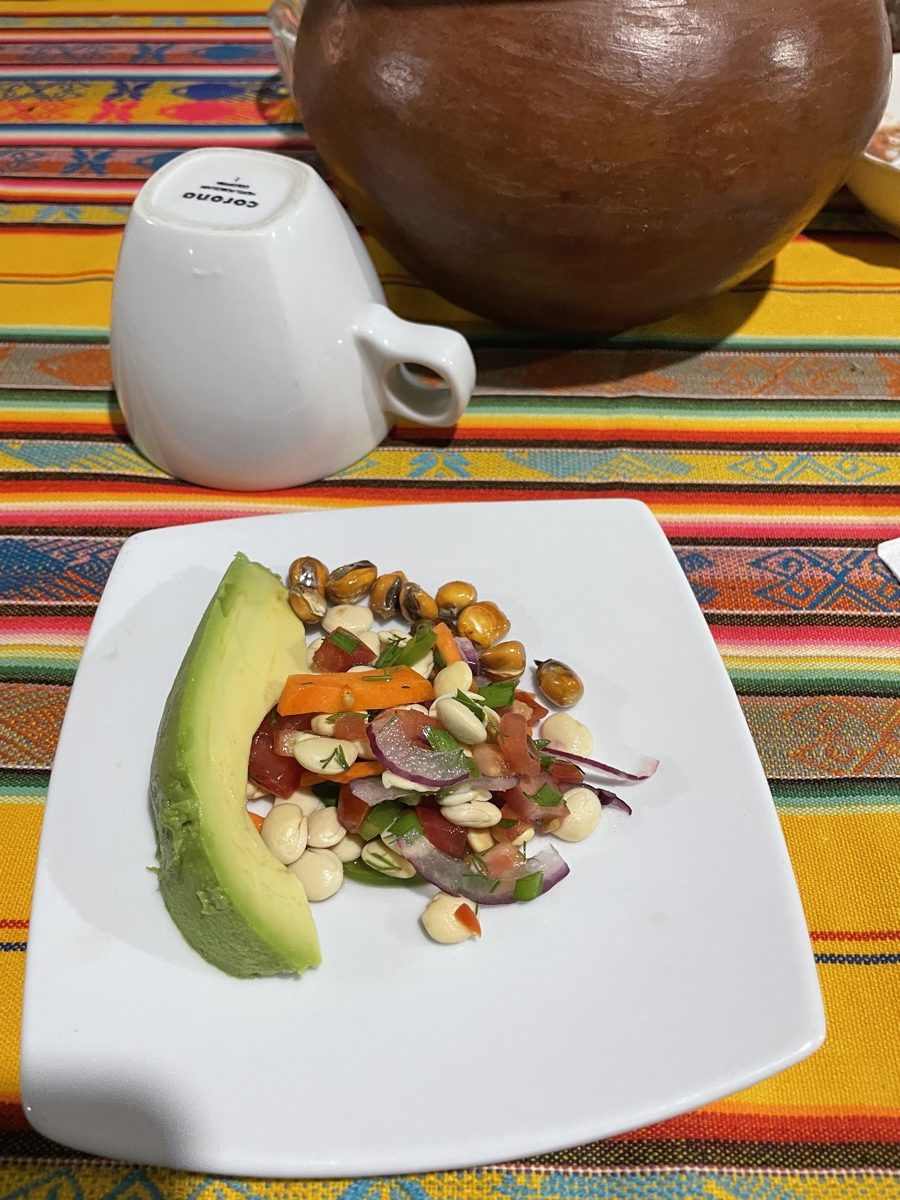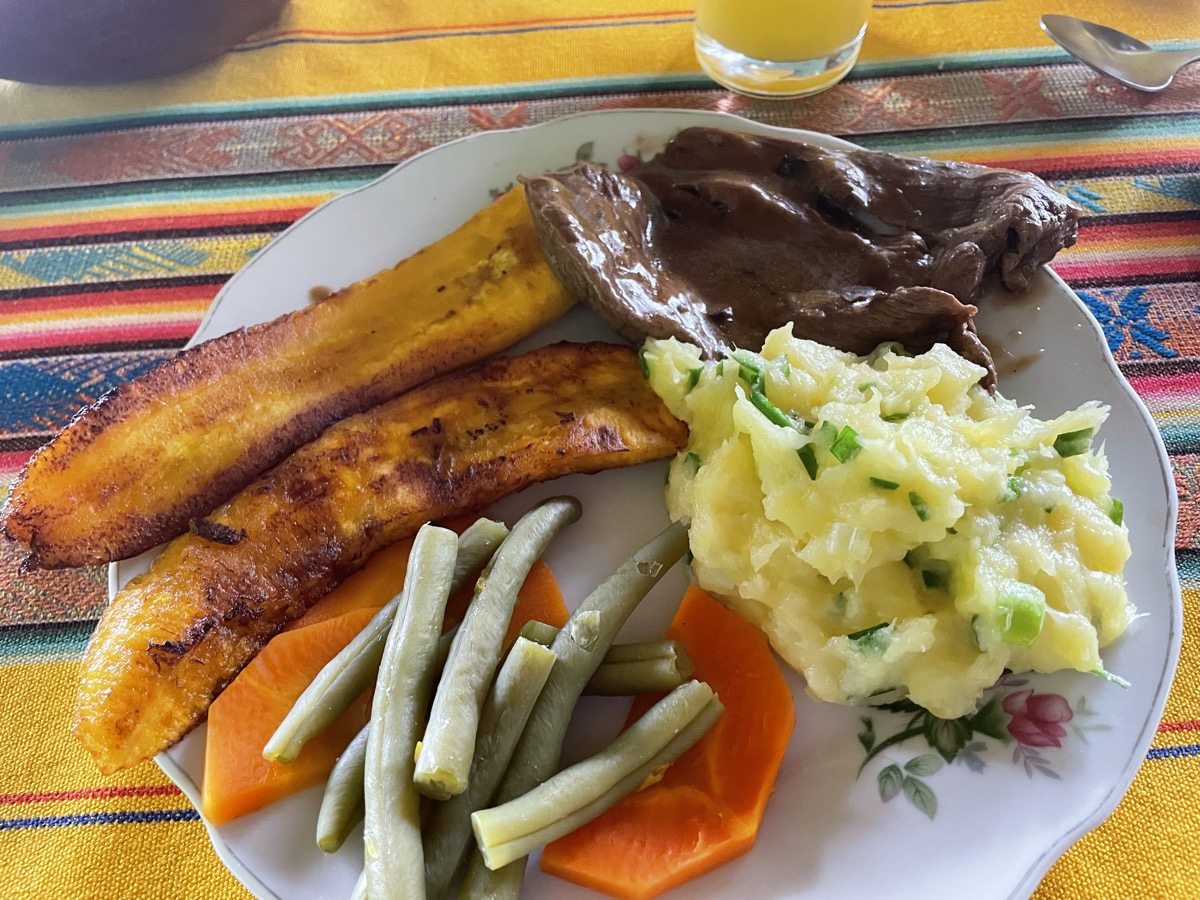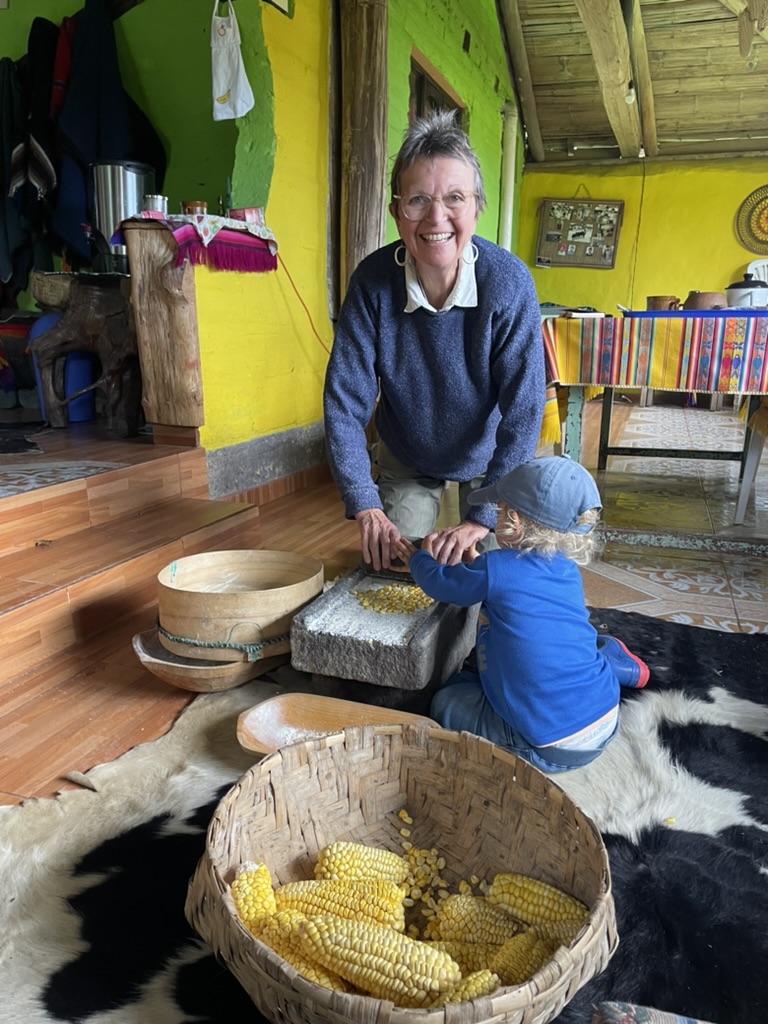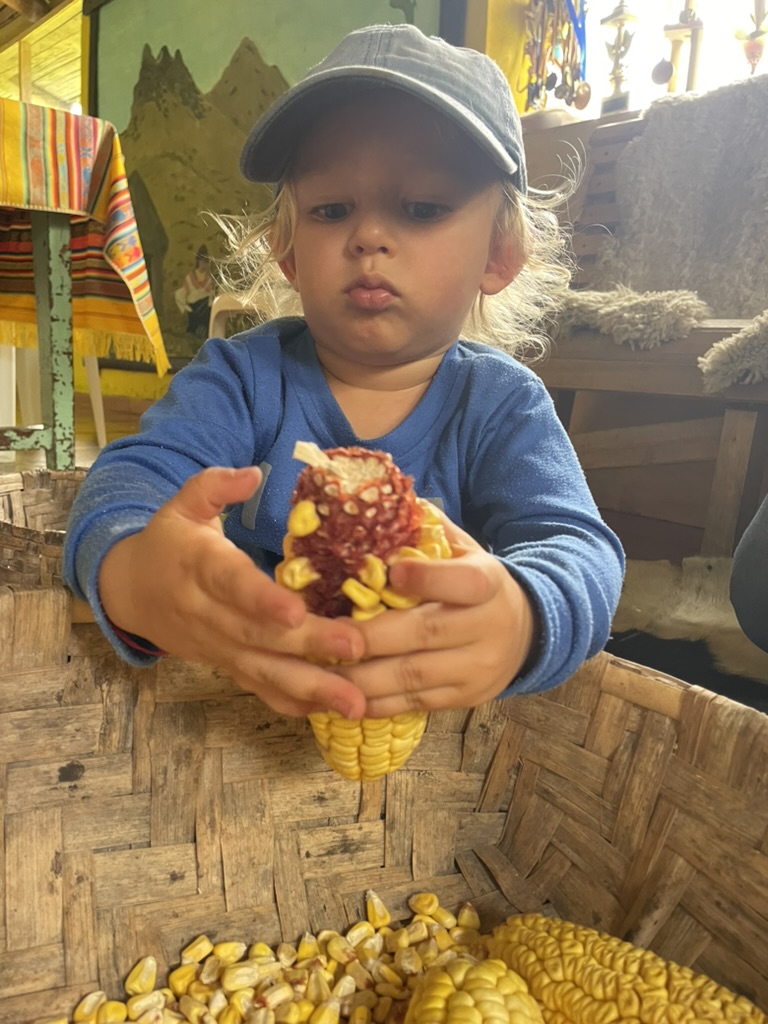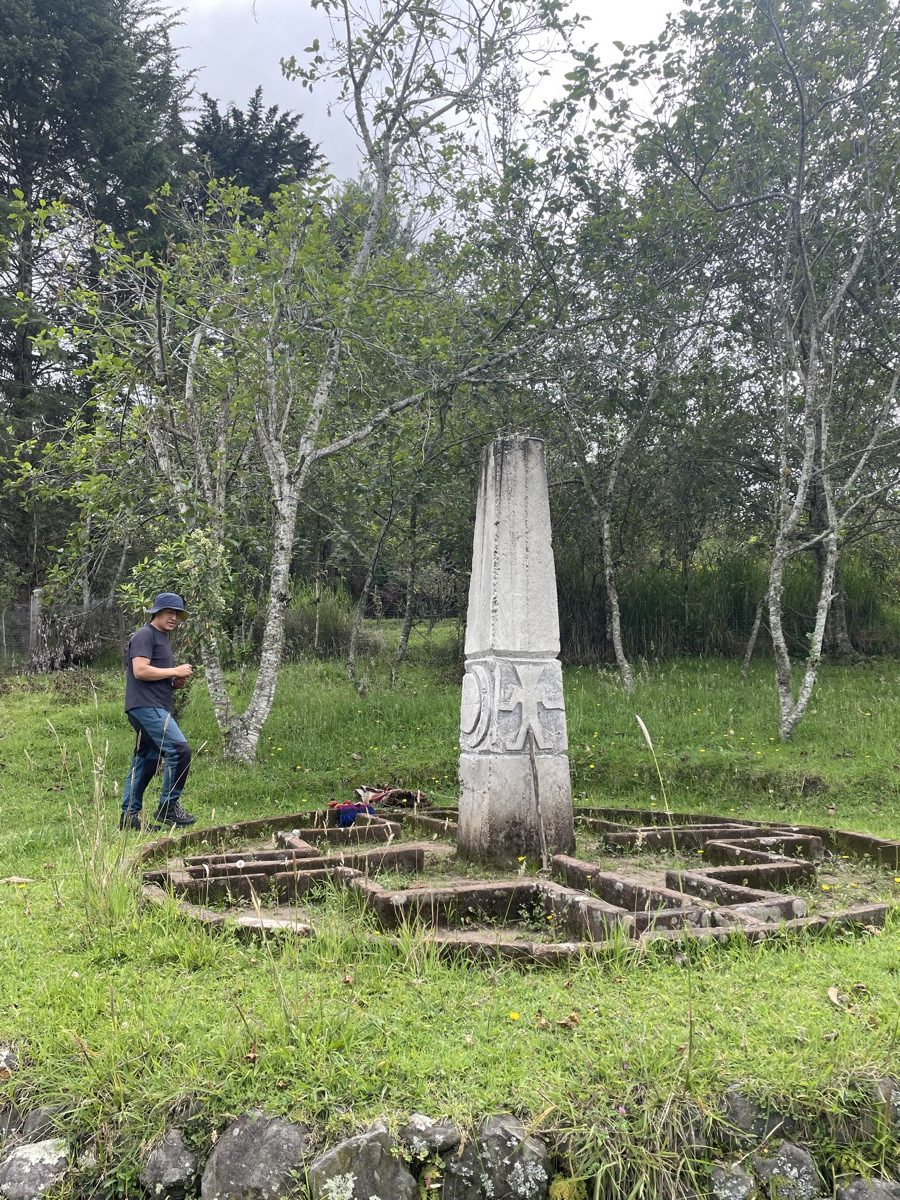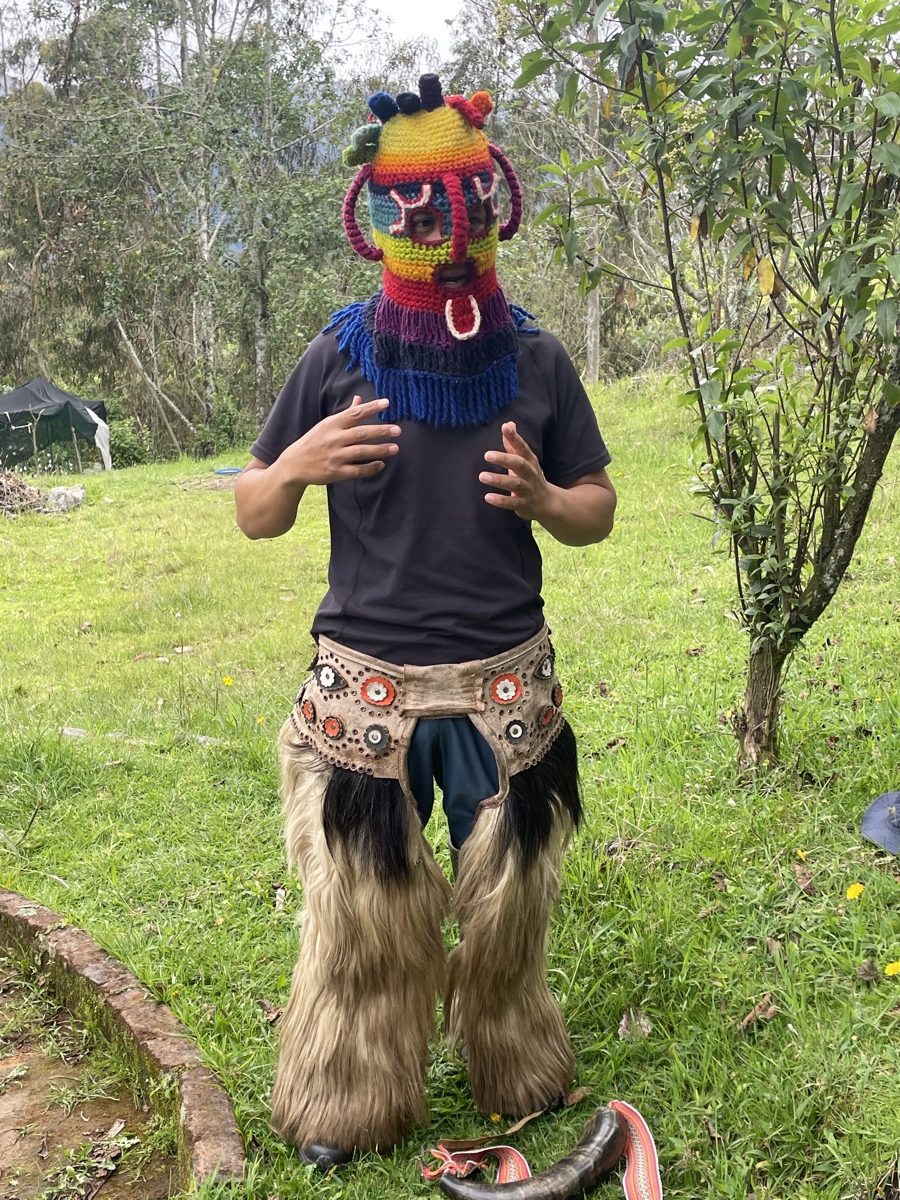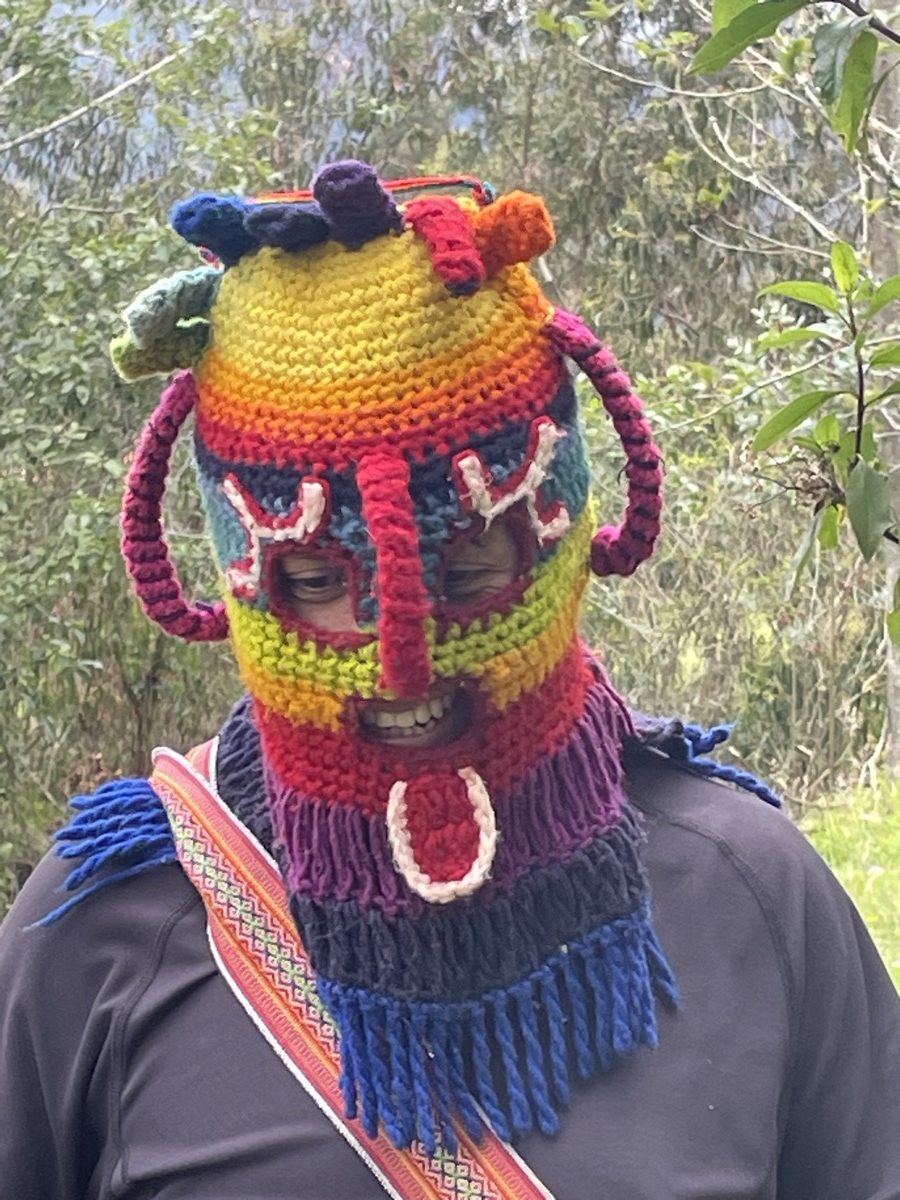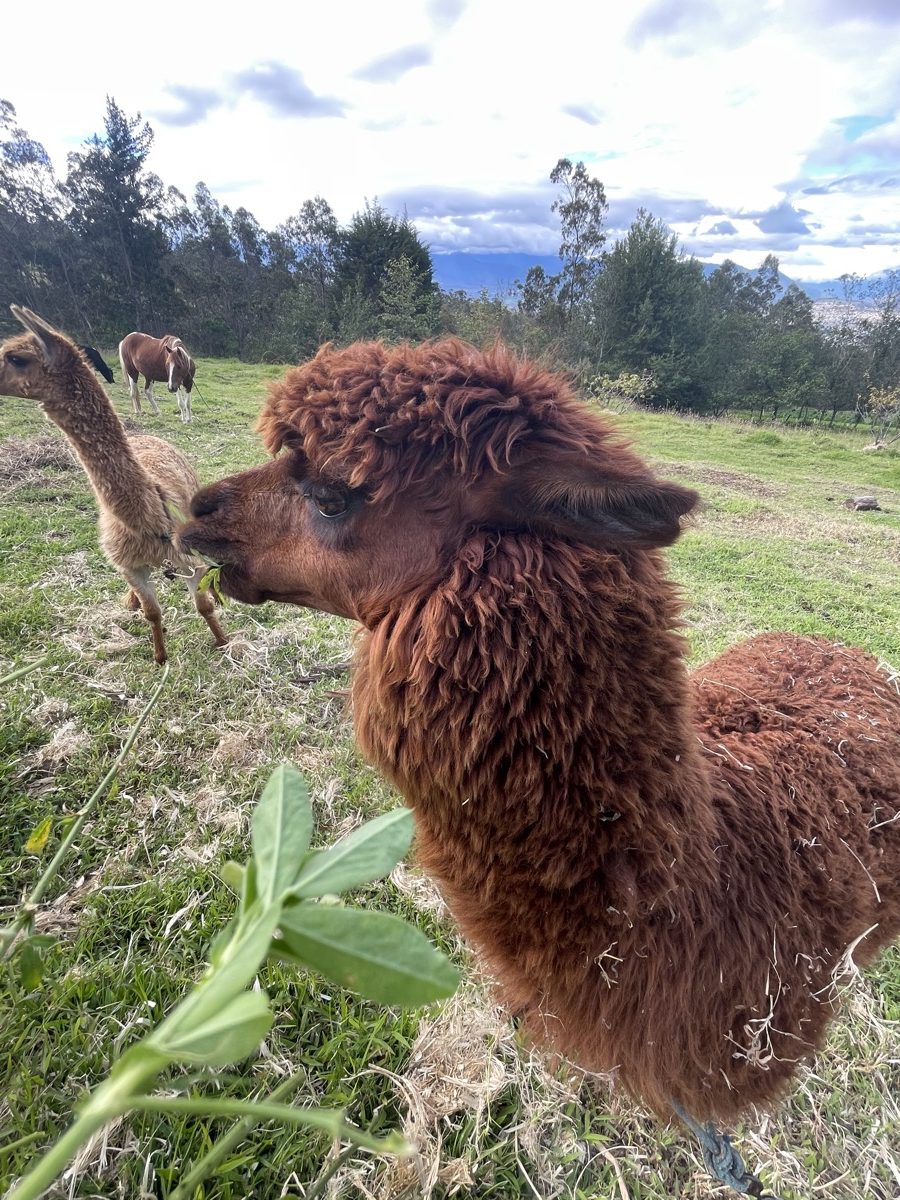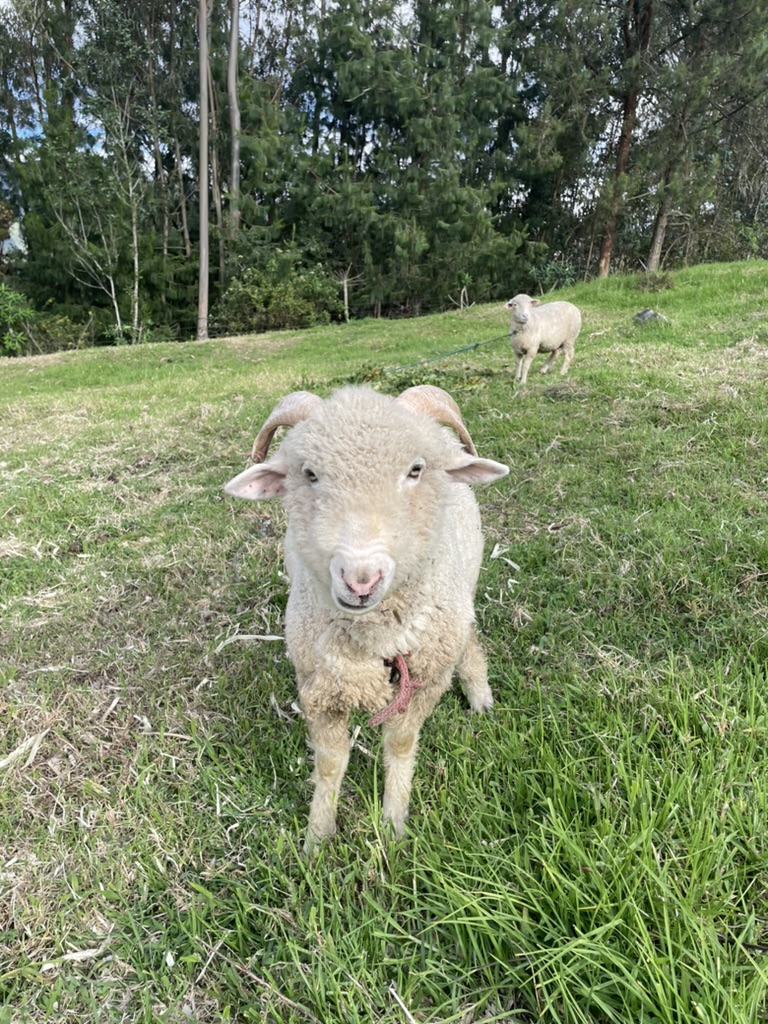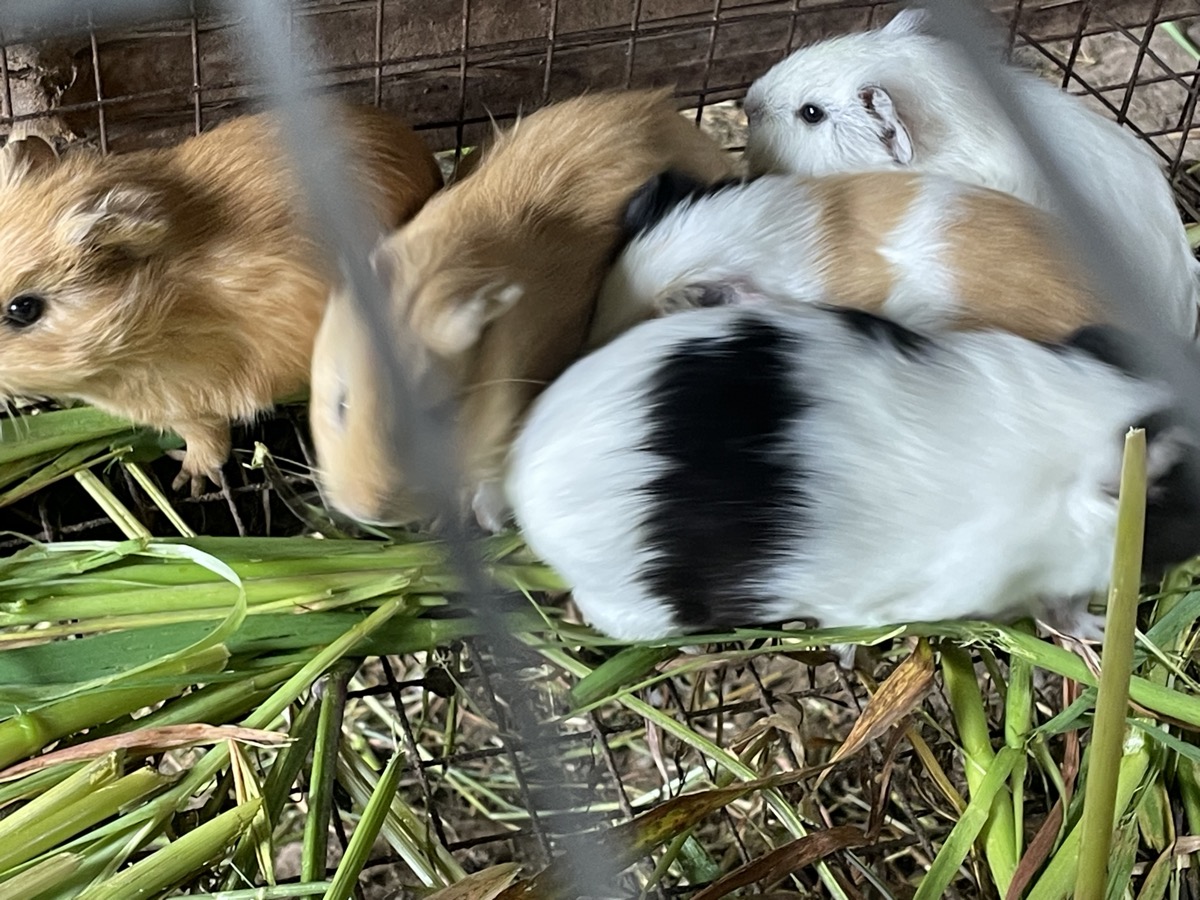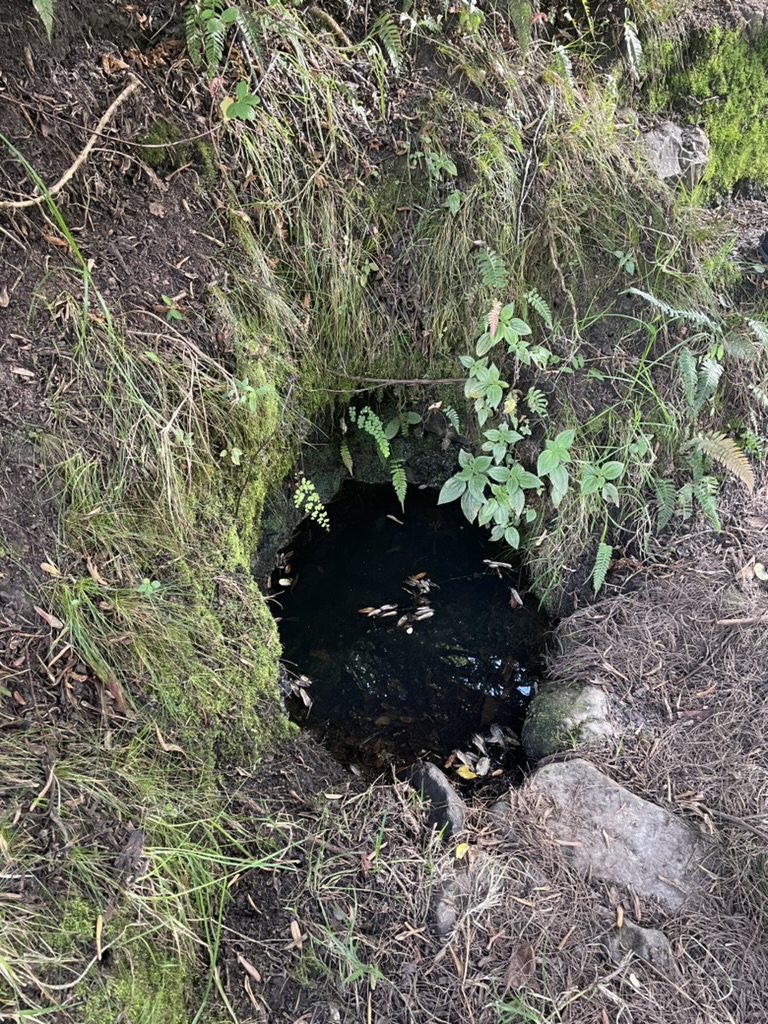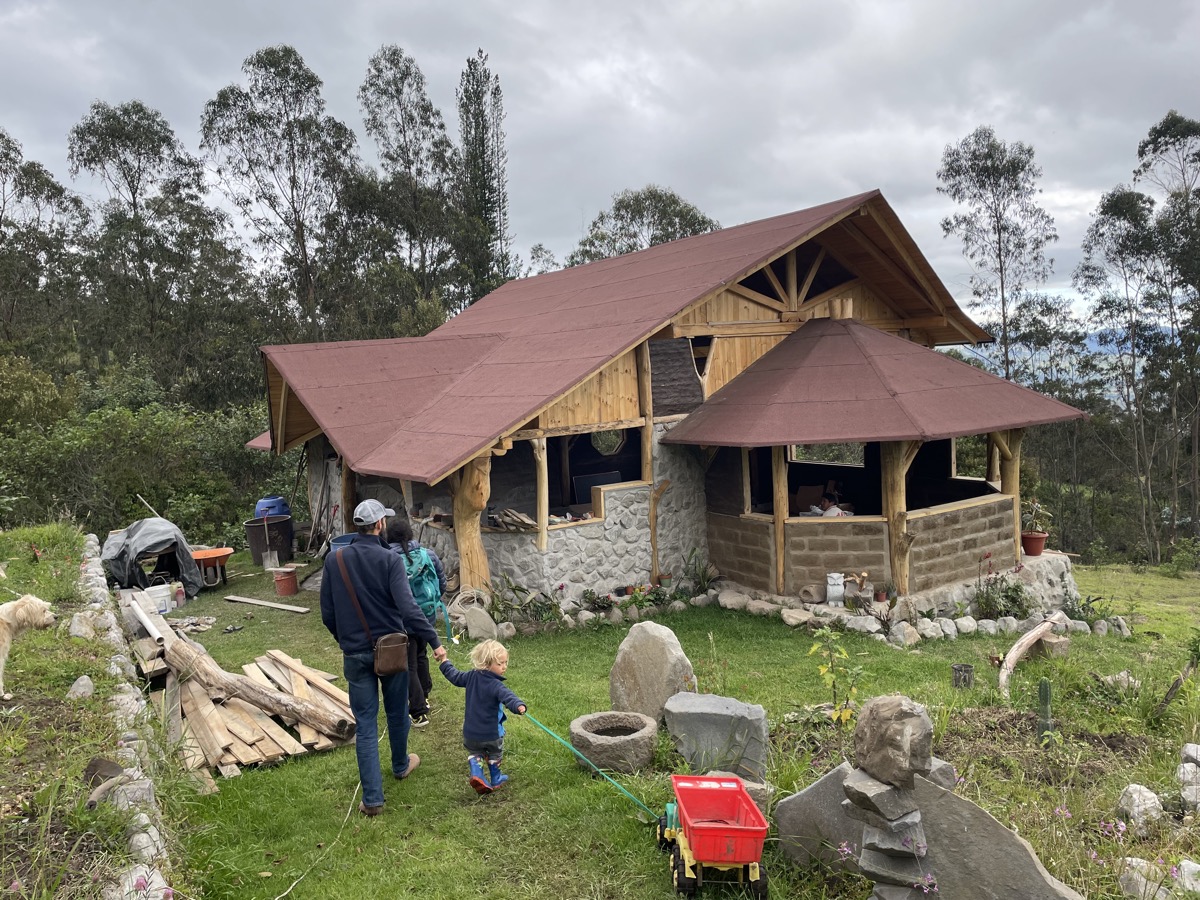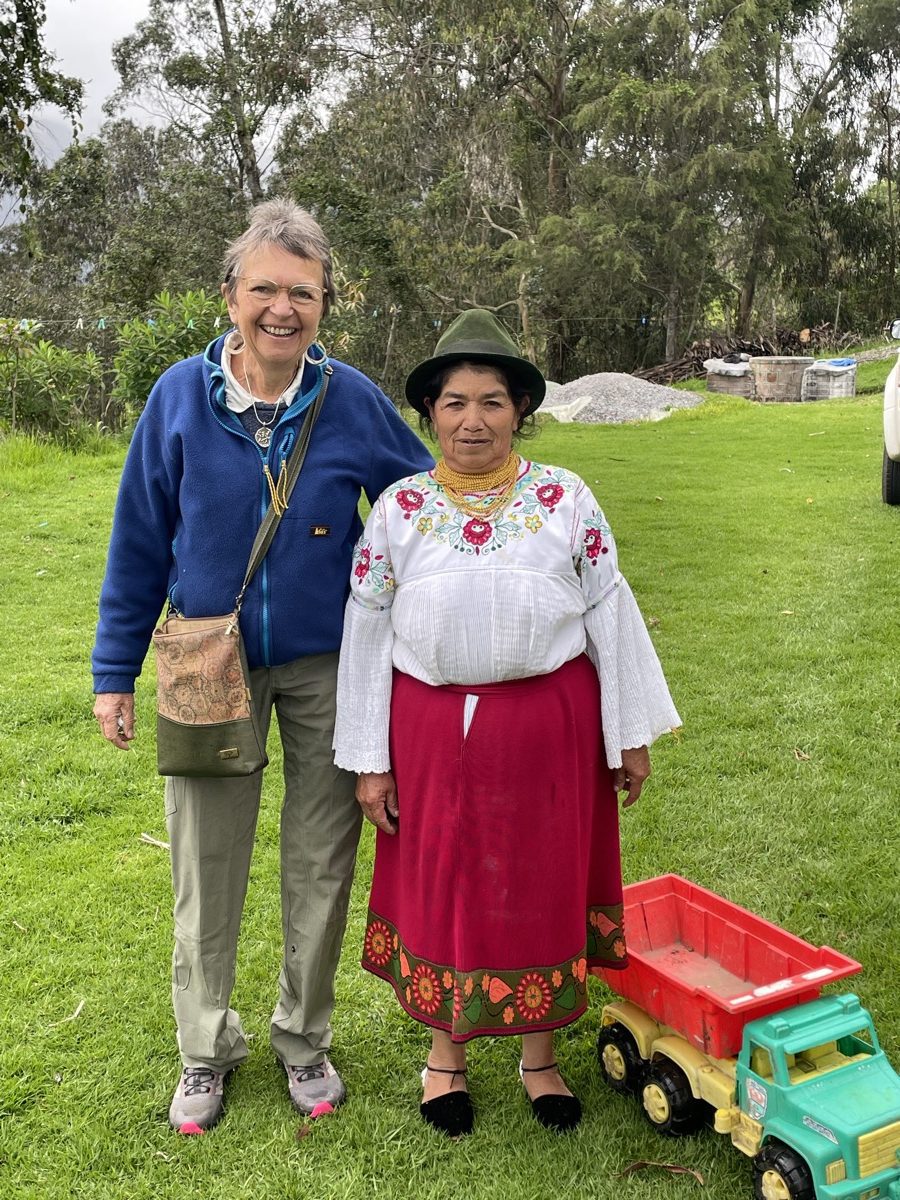My days in Ecuador, 3
“I want to go with you to an indigenous community. It’s only two hours away from Quito,” Lorenz said to me one morning. “It is a place which was highly recommended to me and I want to see it too! We will take Rio Amadeo with us! He will like it.” I was excited!
The indigenous community is called San Clemente and is located in the district of Esperanza. it consists of 12 communities with 200 families. Over 30 years ago, one of their members was inspired by the life of the indigenous Norwegian community. The Norwegian community is known as the Sami people. They learned how to live in the modern world, while keeping their identity and values. He brought back their ideas. It needed 15 years, he told us, to really convince all the people to give up selfish desires and work together. Now, San Clemente is a healthy, thriving community. They care for their environment, cultural identity, education and help each other. Helping each other is called Mingo in Quechuan. They all speak and learn the Quechuan language. We were able to stay and live with the family of the man responsible for this change. We were inspired too.
.
.
.
.
The first work they had to do was to build a road. The government supported this project. Now, the steep road leads through a beautiful landscape with charming houses. When we entered the area, we instantly recognized the difference to the other communities.
.
.
.
One of the houses in the community
.
.
.
.
The house we stayed in for one night
.
The dogs were so kind. Rio loved to touch and play with them.
.
.
.
.
Mara, the dog welcoming Rio Amadeo
,
.
.
.
Zoila, the lady of the house, welcomed us in the traditional clothing of the Karanki people. Nearly everything the Karanki people do is done by hand – like the needlework of her outfit.
.
.
.
.
She does not have a washing machine and washes the laundry in this basin outside. From here, you have a beautiful view to the nearby town in the valley called Ibarra. San Clemente lies at the base of the Imbaburo Volcano.
.
.
.
.
The loving care for beauty is shown by the many plants
.
.
.
.
Juan and Zoila also have grandchildren. Rio instantly found the plastic truck in the garden and brought it into the house (see in entrance door).
.
.
.
The house was full of music instruments. This is a horn used for traditional festivals
.
.
.
.
Another view
.
.
.
.
The family has won a lot of awards for their musical performances
.
.
.
.
Zoila cooked traditional meals for us. She has her own vegetable garden.
.
.
.
.
Every meal came with fresh squeezed fruit juice. We loved the food.
..
.
.
.
Vegetable dish
.
.
.
.
Fried cooking bananas, yellow carrot puree, green beans, carrots and meat as main dish
.
.
.
.
We were taught how to grind the corn to produce flour.
.
.
.
.
Rio Amadeo pealed the corn with deep concentration and joy
.
After lunch, the nephew of Juan gave us a tour. Not far from the house stands an Andean sun calendar. The Karanki people have an intimate relationship with earth and the cosmos. They grow and harvest their crop according to the calendar, the sun and the moon.
.
.
.
Eddie, the nephew of Juan and Zoila, explains the Andean Calendar. Each corner inside the circle represents a month. The circle holds light and shade, hot and cold. Four times a year, they celebrate a festival according to the calendar. The most important festival is on June 21st.
.
.
.
.
This costume is worn by the leader on the festival of June 21st. The pants are made out of goat fur. The head gear also has a face in the back. They dance in a circle, clockwise, with music. The celebration lasts 5 days. The first day is a day of cleansing. The second day, everybody goes from house to house to dance, eat and drink. On the third day, they make a big fire. On days 2,3, and 4, the celebrations goes through the night. On day five, they eat chicken soup and then at noon, the celebration is over.
.
.
.
.
The tongue, Eddie said, symbolizes wisdom. The world, according to him, has three levels. On the lowest level is wisdom. Above wisdom is everyday life. On the upper level is the sun, the moon, and the universe.
.
We also fed chicken, rabbits, guinea pigs called cuy, alpaca and cows. Rio was fascinated.
.
.
.
.
.
.
.
The sheep wanted to be fed too.
.
.
.
.
.
.
.
Guinea pigs are not only a delicacy, but also used by the Shamans for diagnosing sicknesses. They are very sensitive animals and take over the sickness of a person when pulled over a person’s body. The Shaman opens the body of the Guinea pig and looks what it shows. Shamans also use eggs for diagnosing illnesses.
Eddie also went on a walk with us through the cloud forest and showed us many medicinal plants. There are plants for stomach aches, tooth aches, joint pains and much more. We also went to a well where the ritual cleansing for the festivals is done.
.
.
.
.
The sacred well was a little hole filled with water underneath a tree.
.
.
.
.
Before our departure the next day, Tupac showed us the house he is building. It is a beautiful construction made out of mostly natural materials. He got these materials from the nature around. ” I am not rich” he said. “But I build most of the house with my own hands and the help of the community.” He, like all the other people we met, looked happy and content.
.
.
\.
.
At the end of our stay, Zoila agreed to have a photo with me. She lives a hard but joyful life.










